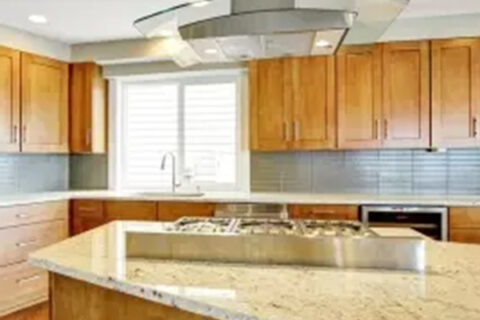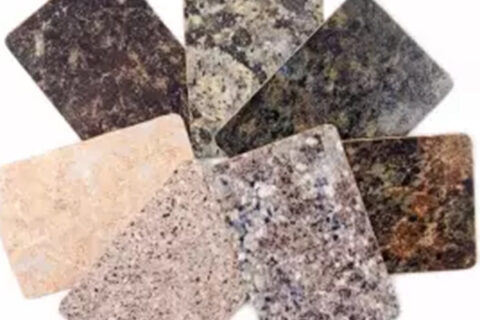Understanding the Process of Sealing Your Granite Countertops
For homeowners considering granite for their bathroom vanity, kitchen island, or kitchen countertops near Highlands Ranch, understanding the function of a sealer is an important part of choosing granite for their remodeling. Because granite is a porous stone, a sealer is required to keep it free of stains.

Sealing the Granite
Granite sealers are made from resin dissolved in water or a petroleum-based solvent. Sealers are applied by spreading a layer of the sealer on the entire surface and leaving it to be absorbed into the stone’s pores. The resin then dries and by clogging the granite’s pores, a sealer helps prevent staining by keeping liquids out. It’s common for countertop installation companies to include sealing as part of the installation.
Protecting Your Granite
It’s important to understand that even after sealing, your countertop isn’t invulnerable to stains or damage. The seal breaks down over time, and certain substances, such as some cleaning products, can cause it to degrade faster. With enough time, liquid on your countertop will eventually seep through the seal, into the stone, and possibly stain it, so it’s vital to take care of spills by wiping them up quickly. Granite countertops can last you and your family a lifetime and bring an element of natural beauty into your home, but regular maintenance and care will help keep it in great condition.
Sealing Frequency
Different types of granite have different levels of porousness, and sealers come in a range of qualities. On average, most sealers should last between three and five years, but some brands claim 15 years of protection if the countertop is properly cleaned and maintained. Generally, countertop sealers break down over time due to normal wear and cleaning products. If your stone is more porous, it will require more frequent sealing to protect it from staining. One way to determine if it’s time to reseal your granite is by dropping a little water onto the surface. If the area darkens in one to three minutes, then sealing it is recommended.


